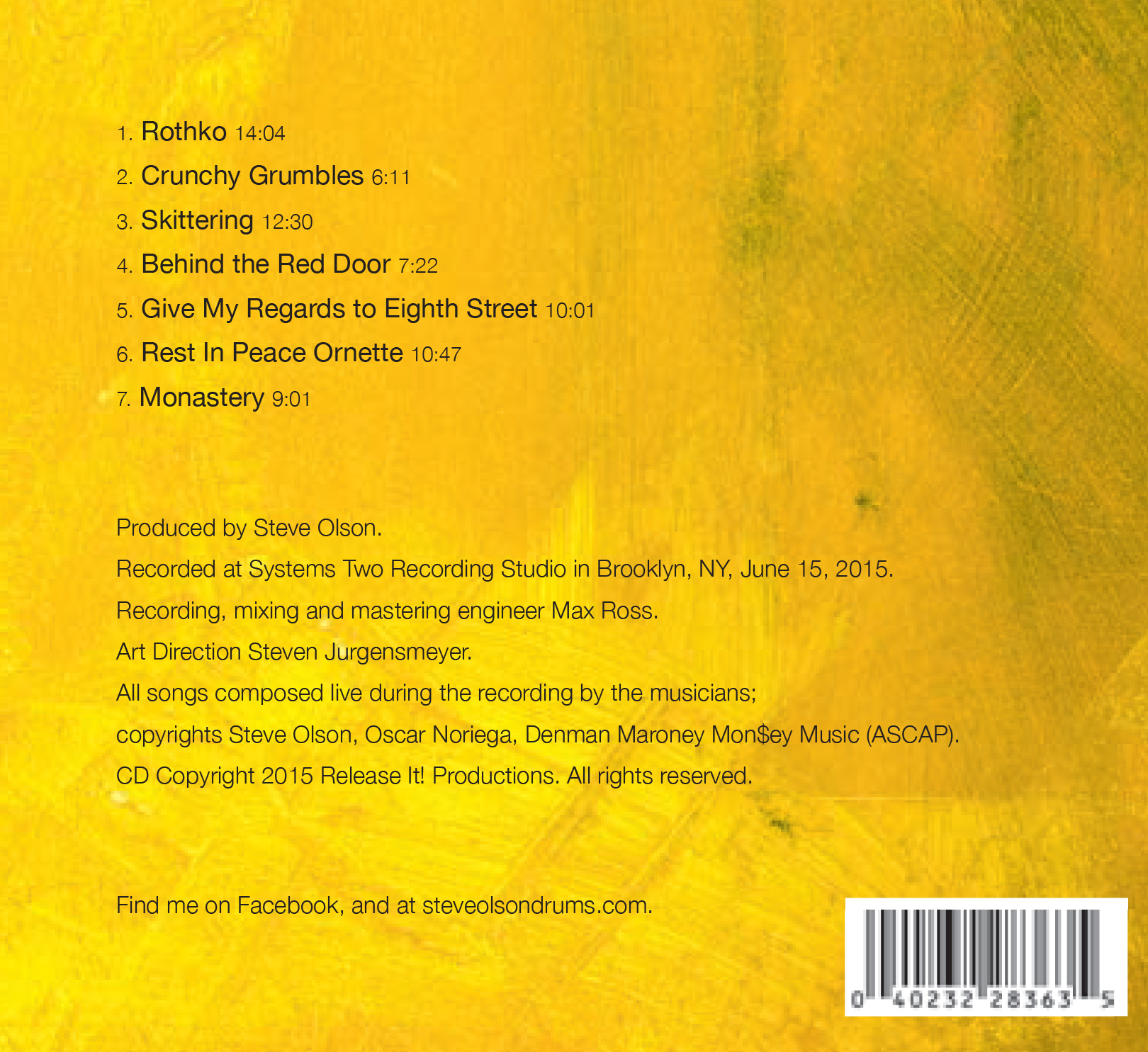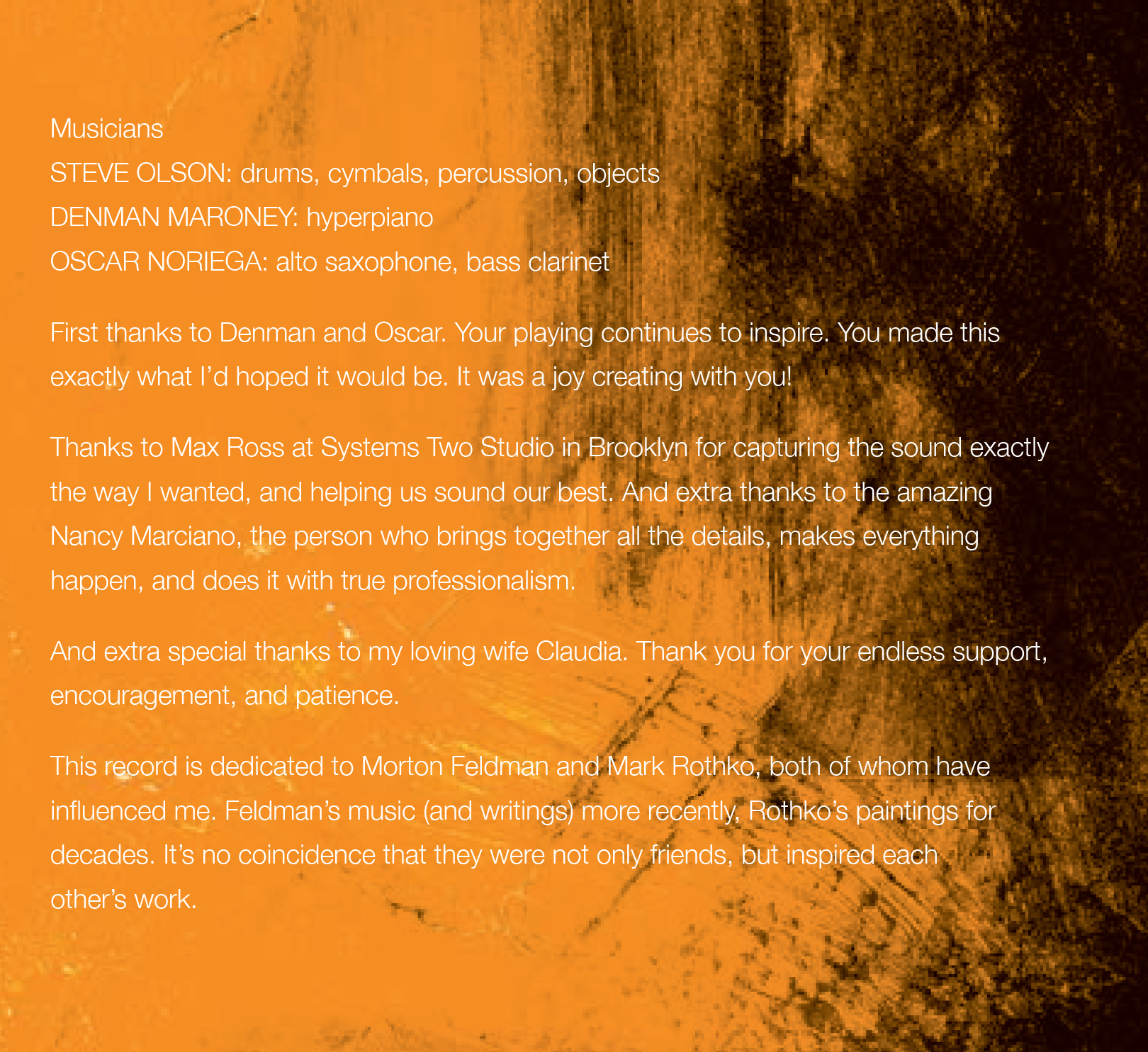I’ve long been fascinated with album covers that rely heavily on typography to get their point across. Sometimes, it’s necessity; perhaps “good” photos aren’t available or they are simply more appropriate for texture and ambience. Perhaps it is a compilation or historical record where relevant photography just isn’t available. While the following covers do feature imagery, it is decidedly secondary — or, at least, secondary to the type treatment.
“WHEN RHYTHM WAS KING” Various Artists
This is another of my favorite covers. As I’ve mentioned elsewhere on the site, the Heartbeat re-branding project leaned heavily on the packaging.
I loved the title that Chris Wilson and Josh Blood had come up with — “When Rhythm Was King” — and felt it set the tone for the project. I had some interesting period-specific shots of a Jamaican dancehall to use, but something was missing. I started editing down some of the marketing/press copy that usually goes on the back of a compilation and put it front and center on the cover. That did the trick; suddenly, it was ALL attitude: “Collectors Beware,” “Put it on, you can’t take it off,” “Serious Thing,” and “Damn right. Studio One,” and that was just on the front cover. An aggressive and strong type treatment and a mezzotint on the vintage photographs within, completed the package. We didn’t have a lot to use, but boy, did it all hang together now — a simple but strong concept. And, of course, the music inside is up to the task. Pure Jamaican rhythms. Since Heartbeart Records is apparently no longer with us, this is one to search out. You won’t be disappointed.
DEVO “Live: The Mongoloid Years”
To be honest, this is a project that I really, really, really wanted to do a die cut for. The type would be cut out of the cover slipcase, and the photo — originally a black and white — would slide in to reveal what you see here. Unfortunately, die cuts were rather expensive back in the day so I had to improvise. This comes damn close, with the title highly readable, and the imagery taking you a minute to process. Remember those amazing days when you could actually get this close to a performer? I thought the design was pretty effective overall, and did actually look like a die cut.
Ah, budgets…the mother of creativity! Who knew..?
JAMES HAND “The Truth Will Set You Free”
I recall this photo being an early favorite of mine for the cover, and perhaps James’ as well. However, it did not really lend itself to the simple Name/Title format. The negative space, usually an asset in my eyes, proved formidable. Often, the type treatments simply got lost here. Once again, I turned to the press release that had been circulated about this release, and edited out some of my favorite bits to make a short narrative that ended with the title. It reads:
Somewhere in Texas, a haunting voice reverberates
Off saloon walls, a voice rich with the echoes of
Timeless Country music
The singer & the songwriter is James Hand
And he has a story to tell
Listen once and “The Truth Will Set You Free!”






